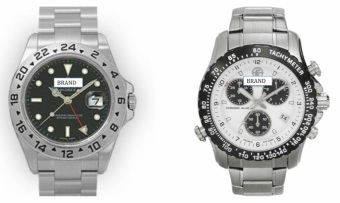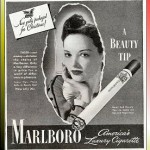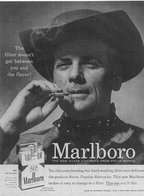But what about Stanford’s challenge? Every year admissions is tasked with putting together an exciting, diverse and ambitious student body, yet all who apply have one thing in common: Spectacular grades and notable extracurricular activities.
So, who makes the cut? My daughter excelled in art and wanted to attend a good school to hone her craft. Among fierce competition, she managed to get into her three top choices, with generous scholarship offers from all. She chose RISD, the Rhode Island School of Design – arguably the best art school in the world. Did she have better grades than students who were rejected. No. Was her skill level so outstanding that she was a shoo-in? Not necessarily. Did she position herself to remarkably stand out from other applicants? Absolutely.
Employing the same processes I use with my clients we spent essentially a day sorting through her many interests to identify a passion for animal justice. We then leveraged that by putting together a small but highly focused portfolio around that theme. In fact, we deliberately eliminated most of her figure drawings, her huge collection of Manga, her portraits (including the one on this page…) and trivialized all kinds of other notable but undifferentiating extracurricular activities like her service at the Huntington Library and Gardens. If you have worked with me, you know how I do this.
Now there isn’t a college counselor on the planet that will tell your son or daughter: “here is how you leverage your passion for just that one thing (animal justice, skin graft science, crop dusting, whatever…)” because they too are stuck in bland, undifferentiated advice by virtue of the sheer number of students they attempt to serve…and because branding and positioning is work, focused one-on-one work, to do it right.
But I assure you, top-tier colleges are looking for precisely that kind of differentiation...and the rewards of securing for your child said top-tier education cannot be overstated. So as you look at your child’s academic potential, also develop your child’s brand potential as a unique and remarkable contribution to the incoming freshmen class…and make it easy for Stanford (Harvard, CalTech, Yale, Prineton, RISD, etc.) to say yes.







 RSS Feed
RSS Feed
